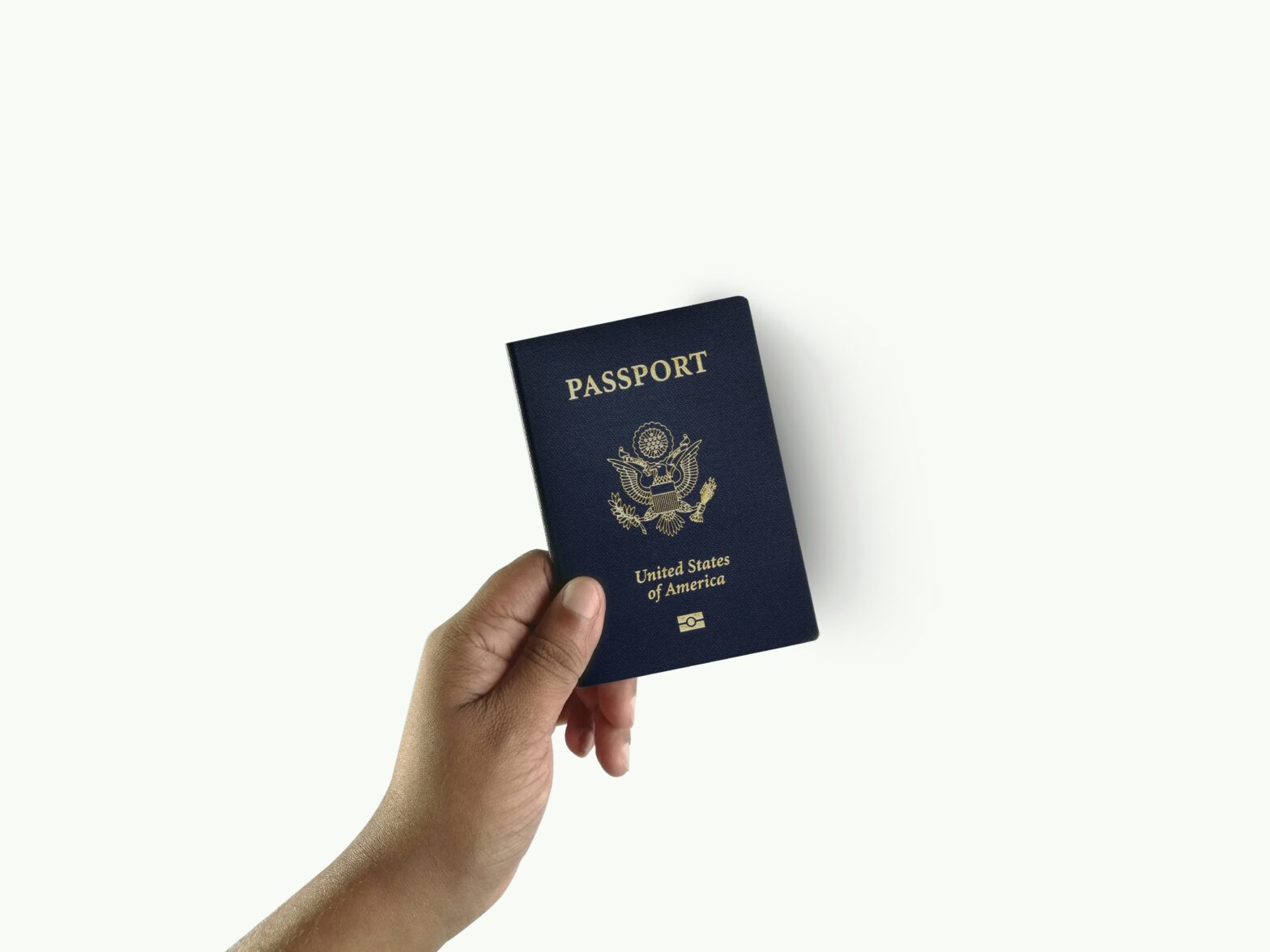Passport Stamps Will Become A Thing Of The Past In Europe’s New Travel System – Travel Noire

Travelers who enjoy the charm of manual passport stamps may soon be disappointed. According to a new policy, world travelers should expect significant changes regarding European passport stamps, which are expected to be phased out and replaced by a new system. This change may diminish the appeal for some travelers who cherish their passport books and consider their stamps as treasured souvenirs. Those planning trips abroad should stay informed, as they might prefer to visit Europe for the traditional passport stamp before it’s too late.
Why Is The European Passport Stamp Being Phased Out?
On Friday, August 16, the European Union’s Commissioner for Home Affairs, Ylva Johansson, announced a majorchange that will impact how people travel and remember their trips. The European Commission’s Department for Migration and Home Affairs officially introduced the Entry/Exit System (EES), which was initially set to launch in 2022 but faced delays. This system is seen as a necessary upgrade to the manual stamping of passports.
According to the statement, the European passport stamp will be replaced with an automated system designed to speed up border crossings. Stamping passports will soon be history, with the new system offering more reliable border-crossing data to detect overstayers. The EES is scheduled to launch on November 10, 2024, enhancing border control checks and improving security. However, predictions suggest that there may be challenges in implementing the system.
How It Works And What To Expect
While passport stamps will still be required until the EES is fully operational, the transition has been presented as seamless. Non-EU visitors will register digitally, and the system will handle the rest. Once the EES is launched, a traveler’s biometrics and passport information will be cross-referenced and stored. From that point forward, travelers willonly need to verify their biometric data.
When crossing an EU external border, the system will register the traveler’s name, travel document type, and biometric data (including fingerprints and facial images). The date and location of their entry and exit will also be documenteddigitally. Upon entry, visitors will have their fingerprints and faces scanned for EU officials to confirm their entry and exit.
More information is expected to help ease the transition, but travelers may be pleased to know that long lines at European borders could become a thing of the past. Although some may mourn the loss of manual passport stamps and their sentimental value, the new system will likely benefit millions of travelers.
Travel Tip: If a traveler is from a country that does not issue biometric passports, crossing the border may be more complicated. They will also be unable to use self-service passport control kiosks, which expedite the process.
Related
Brits forced to pay fee to visit these 30 countries…
UK tourists will be required to pay a fee to visit 30 countries in Europe under new European Union (EU) travel rules.The rules mean British holidaymakers will n
The beautiful European island with just 148 locals
Irakleia is a beautiful island in the Minor Cyclades of Greece, nestled in the heart of the Aegean Sea and just an hour away from Naxos. Officially recorded t
Warning issued for Brits flying easyJet and Ryanair to popular…
Passengers flying with Ryanair, easyJet and British Airways should expect disruption (Picture: Urbanandsport/NurPhoto via Getty Images) Passenge










